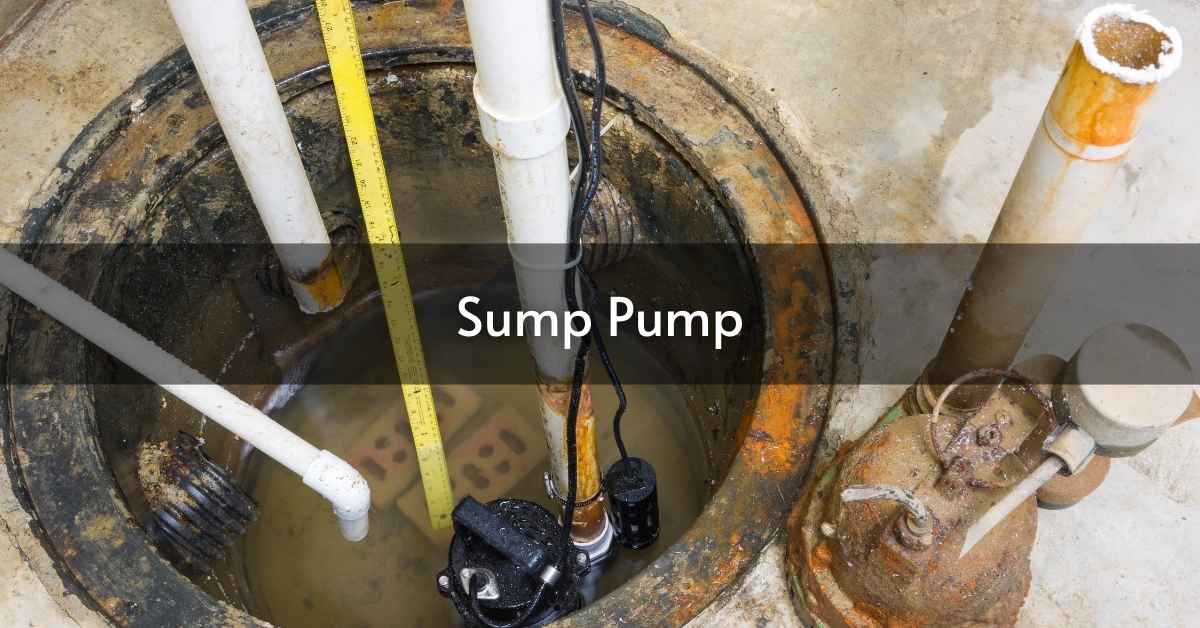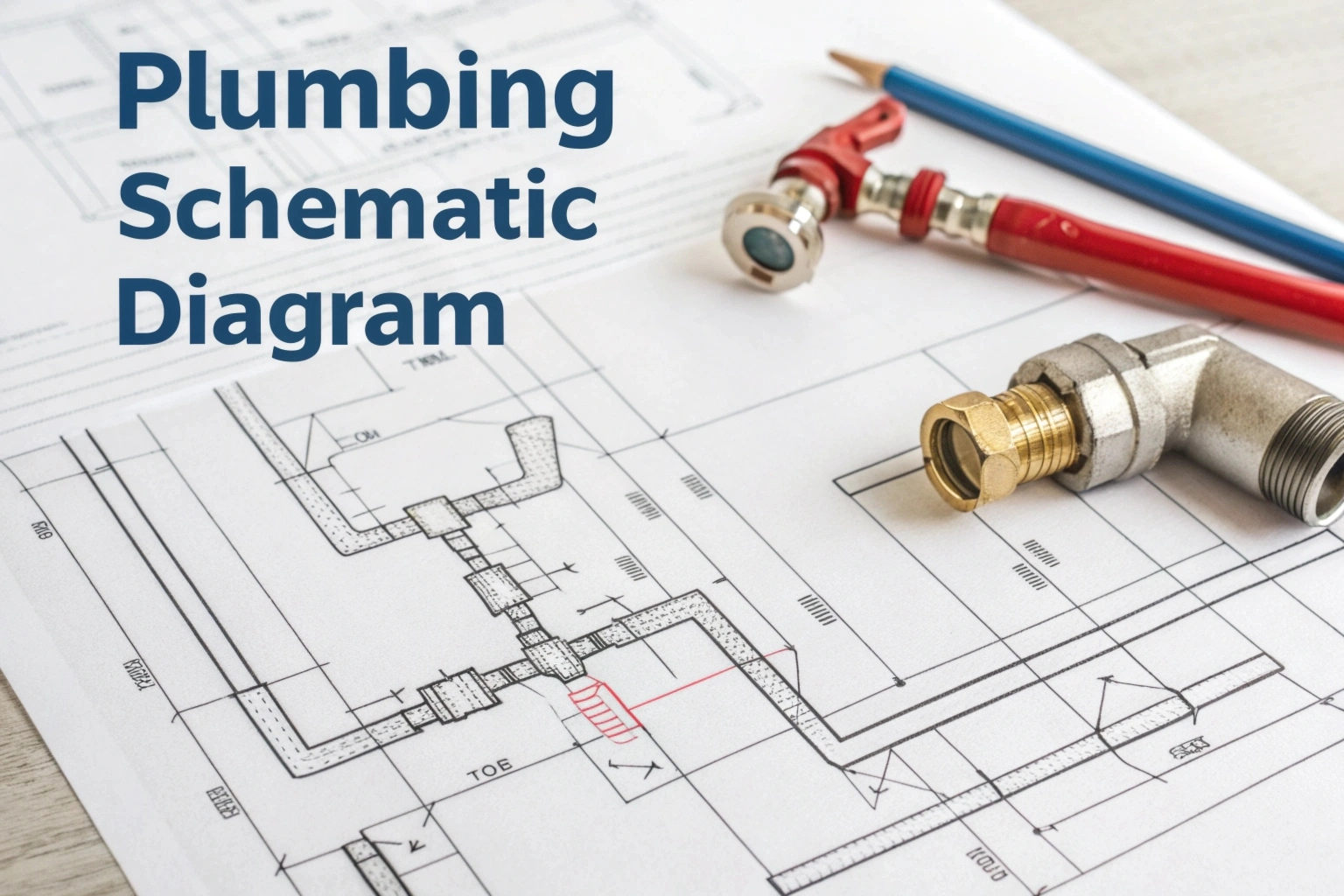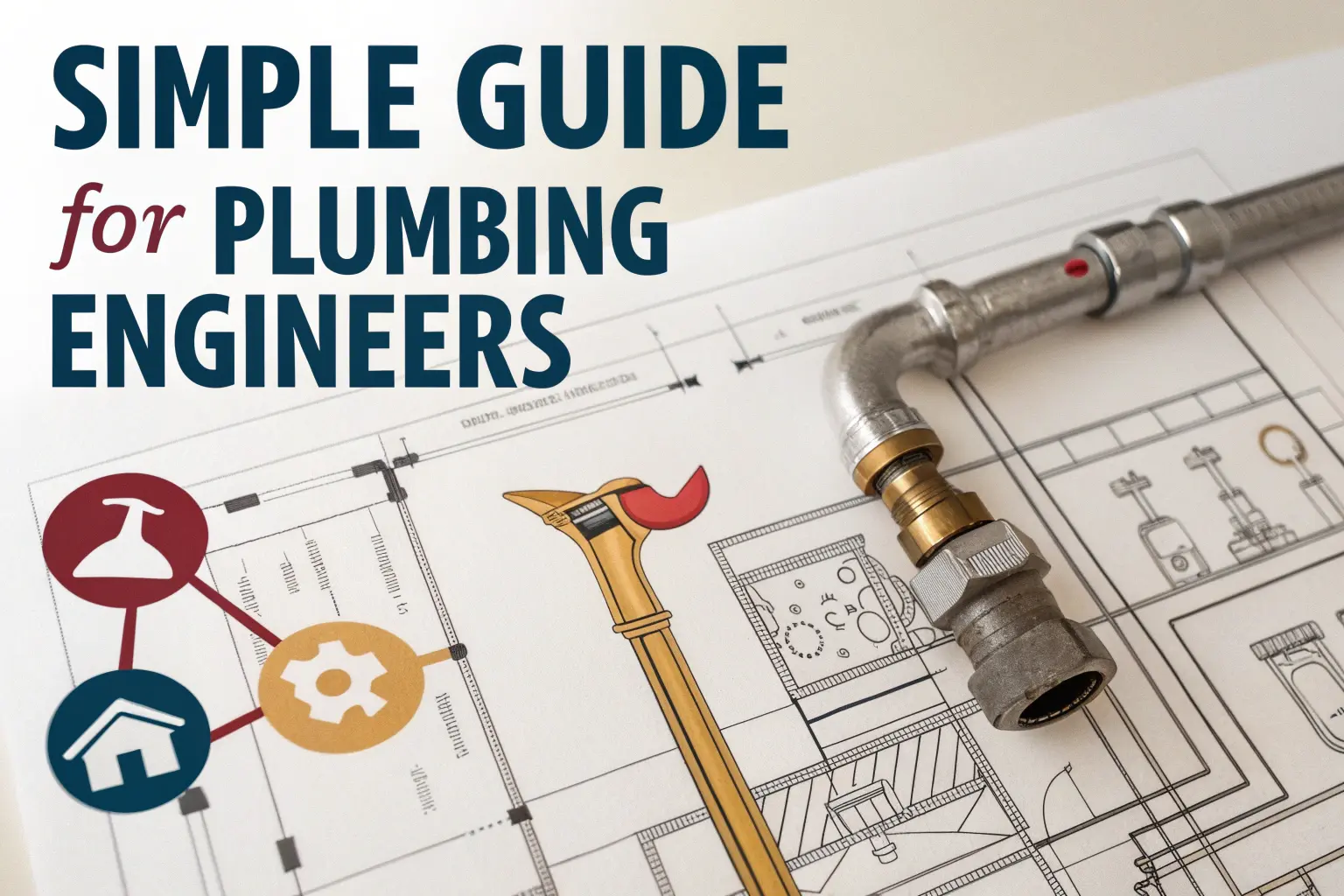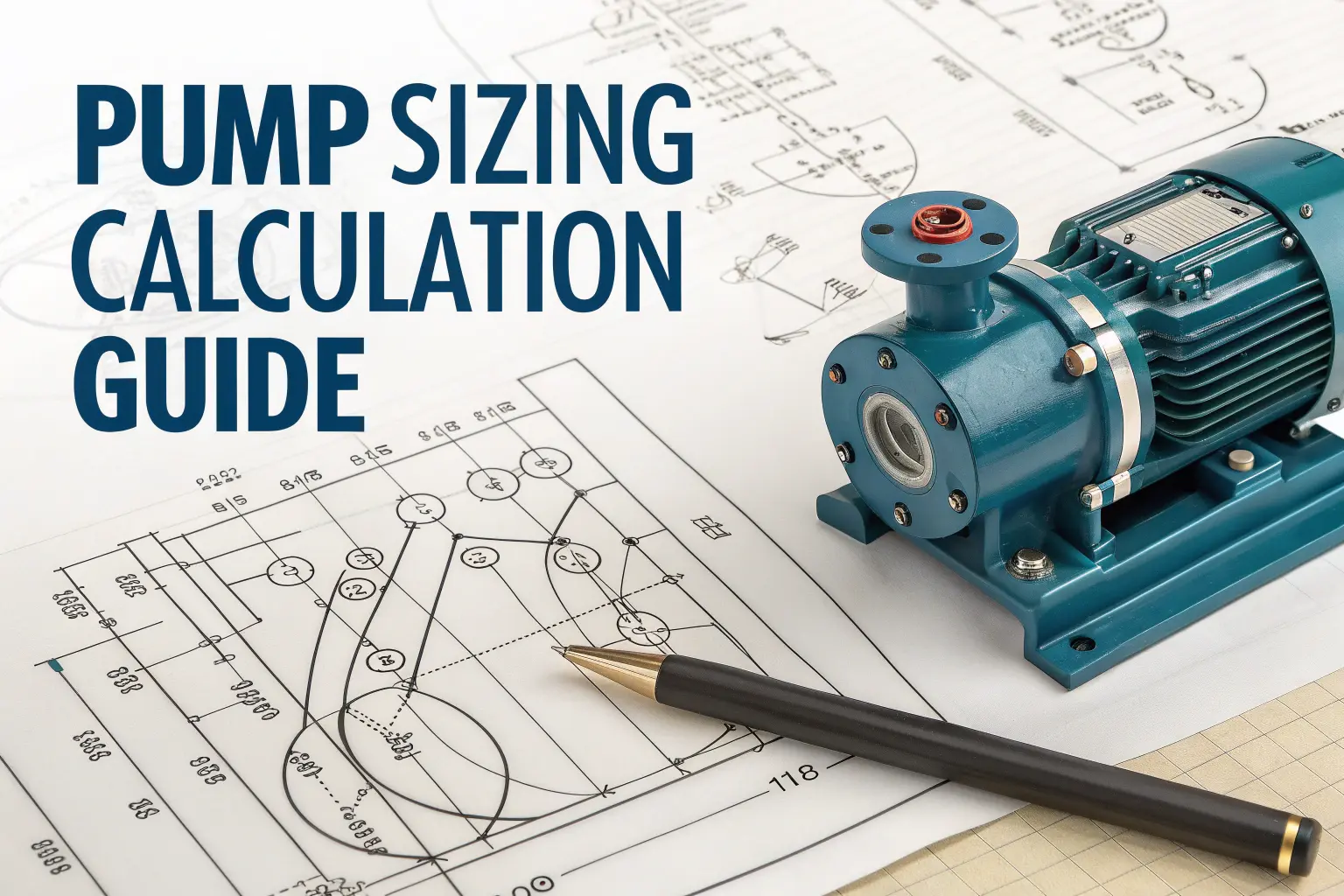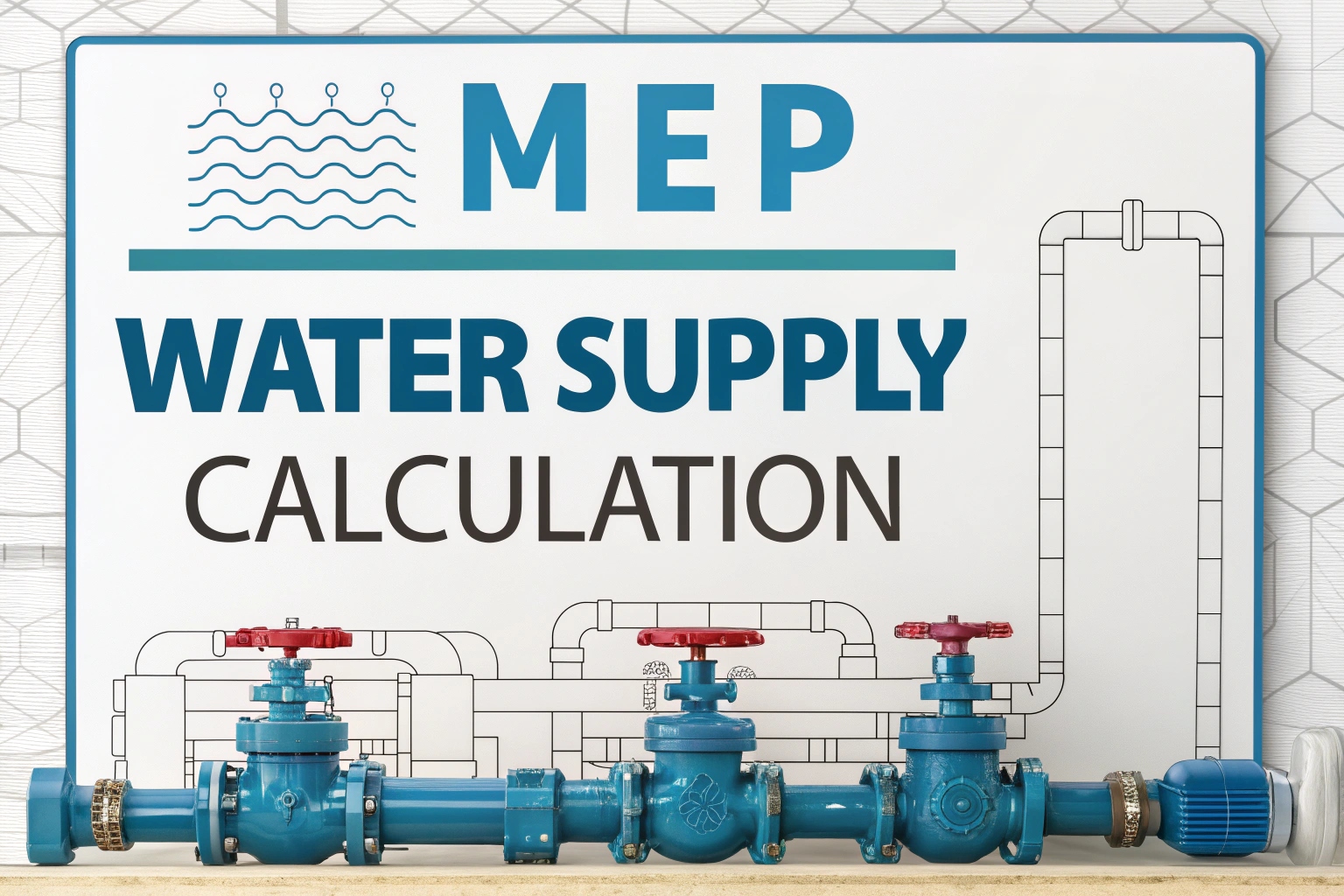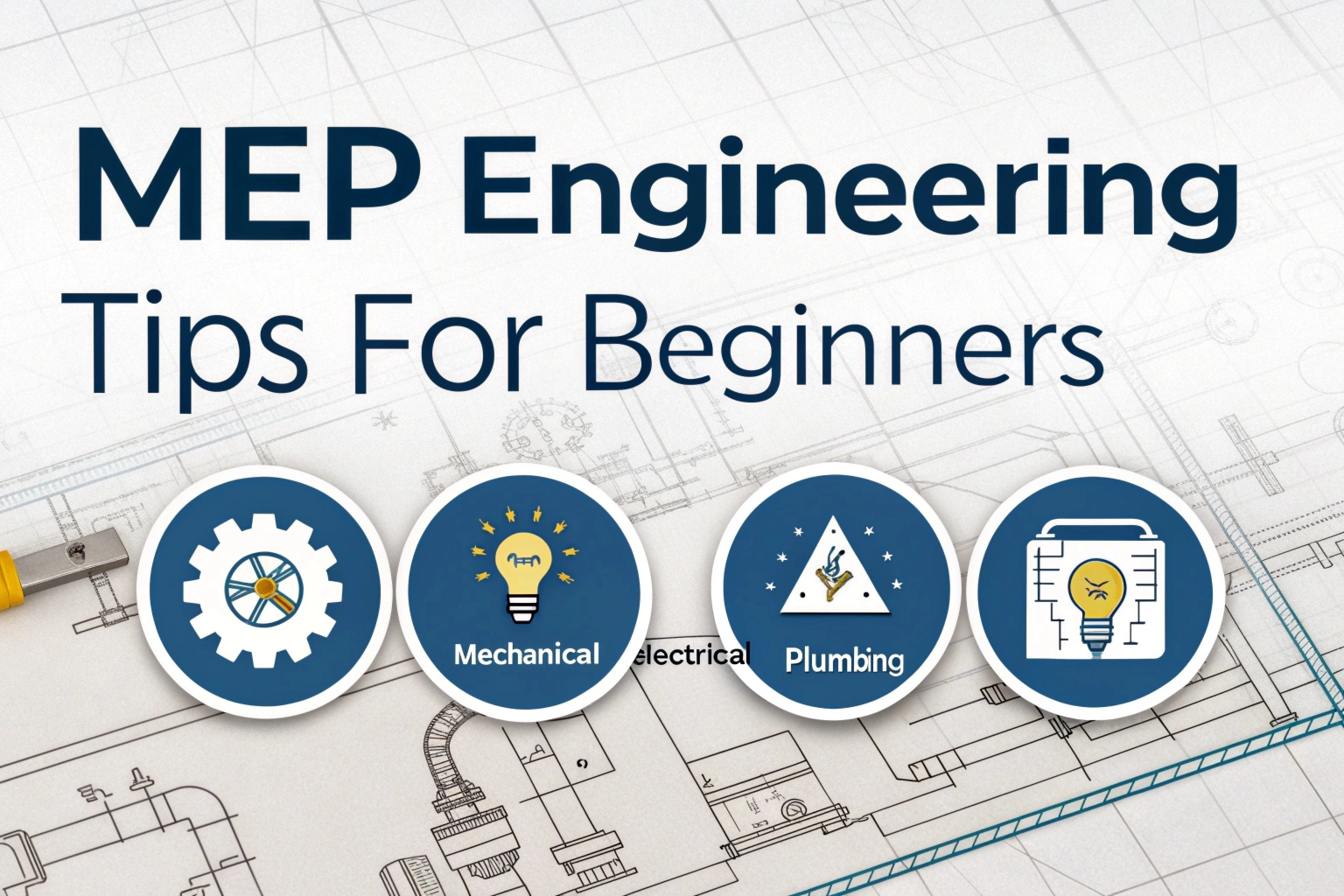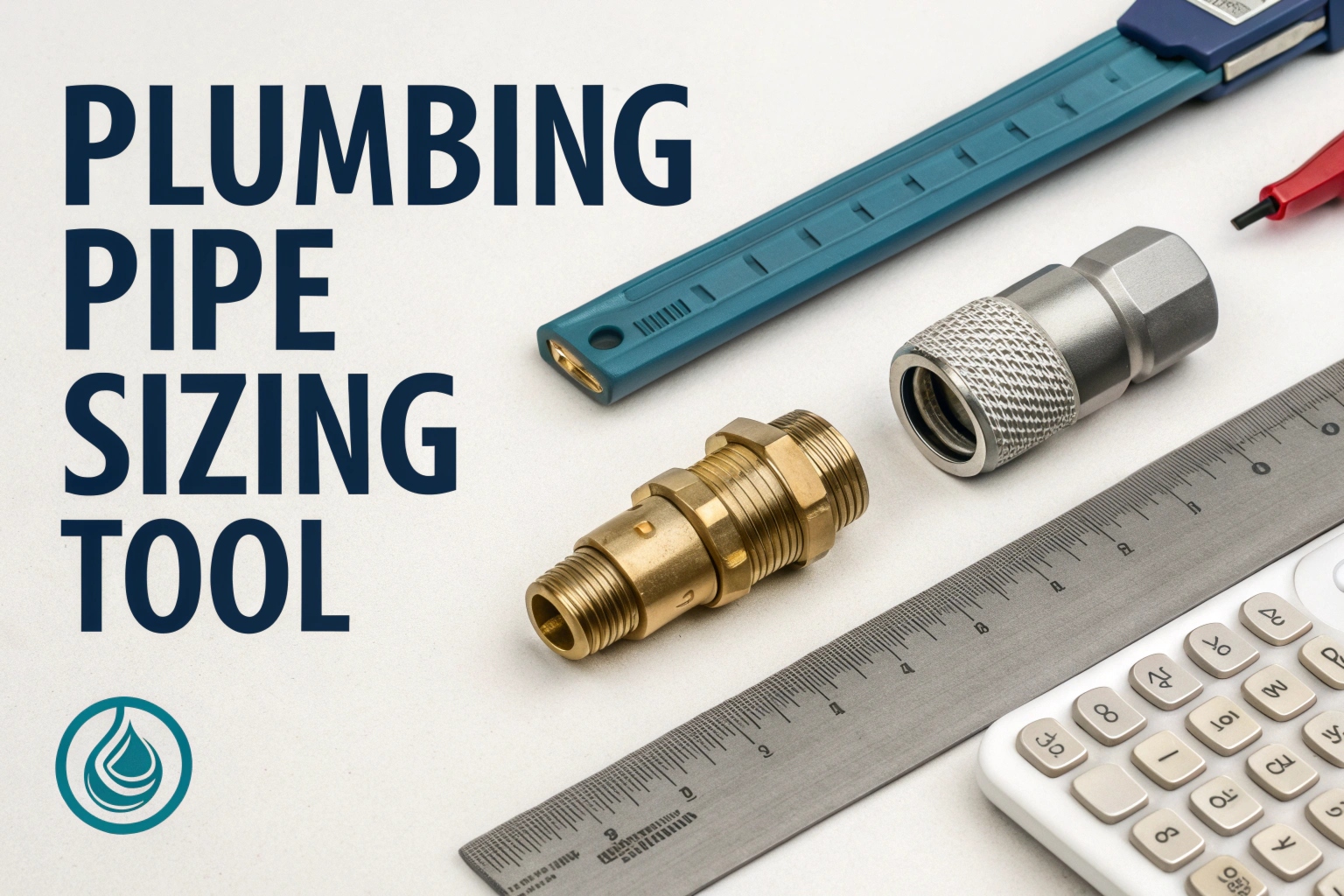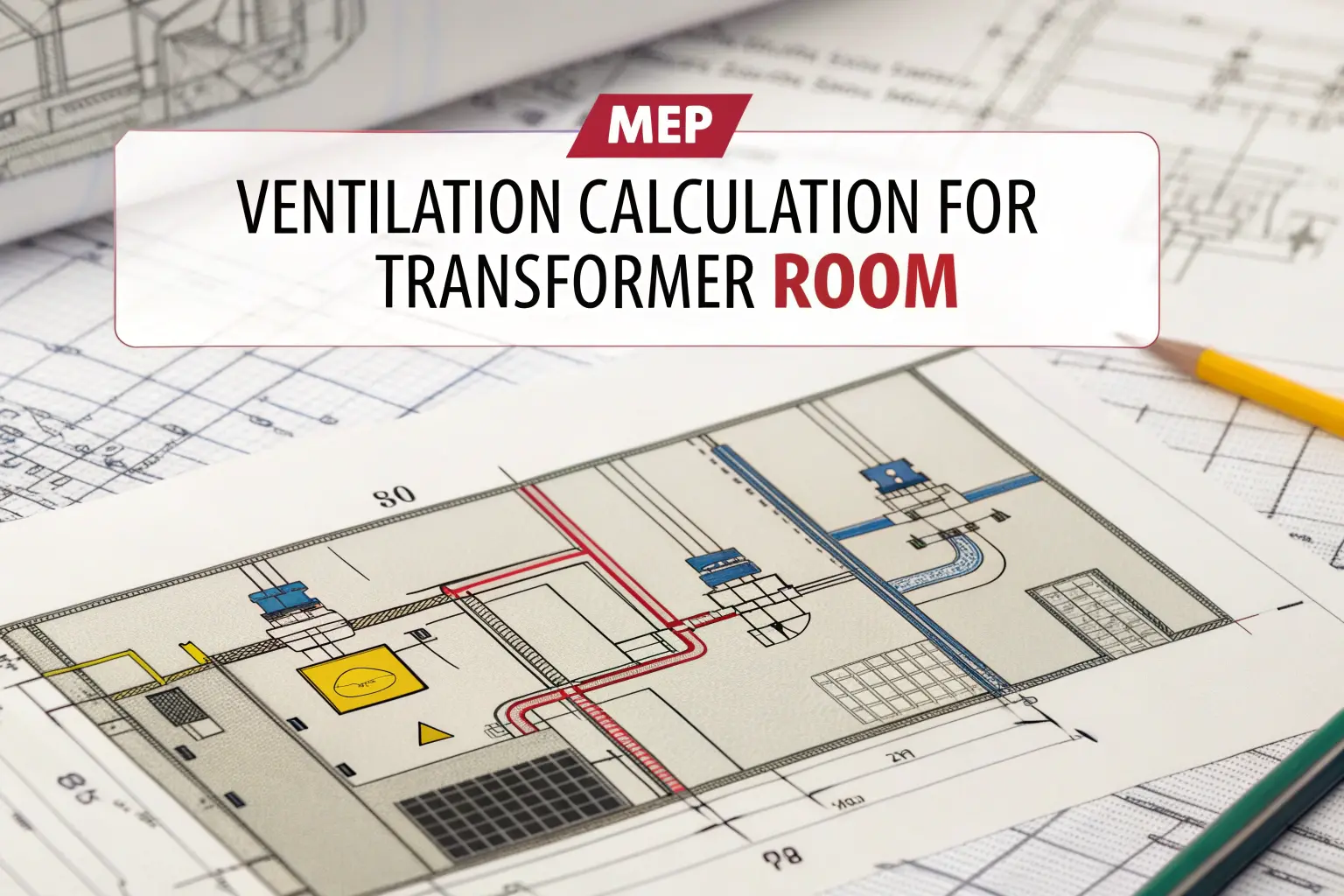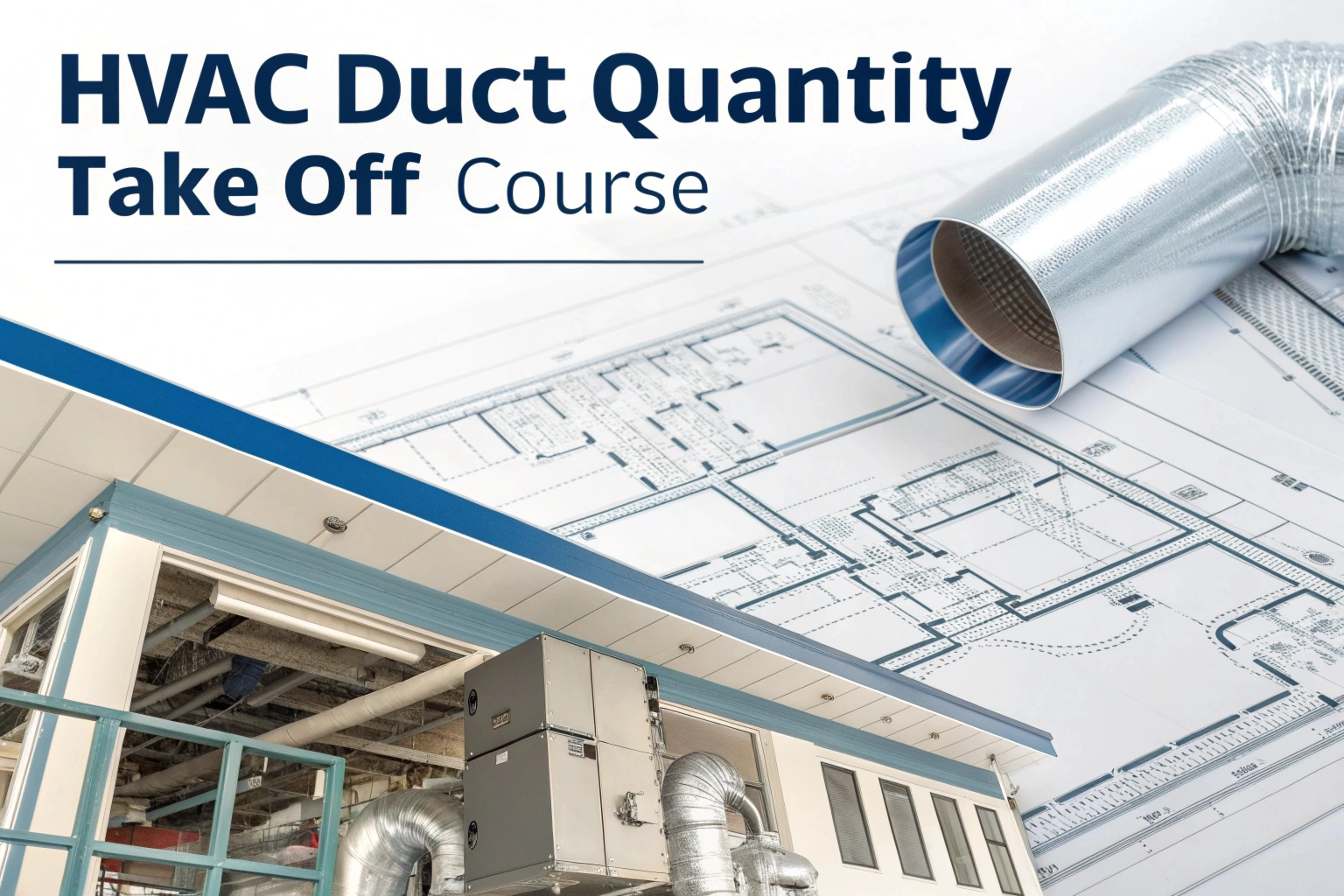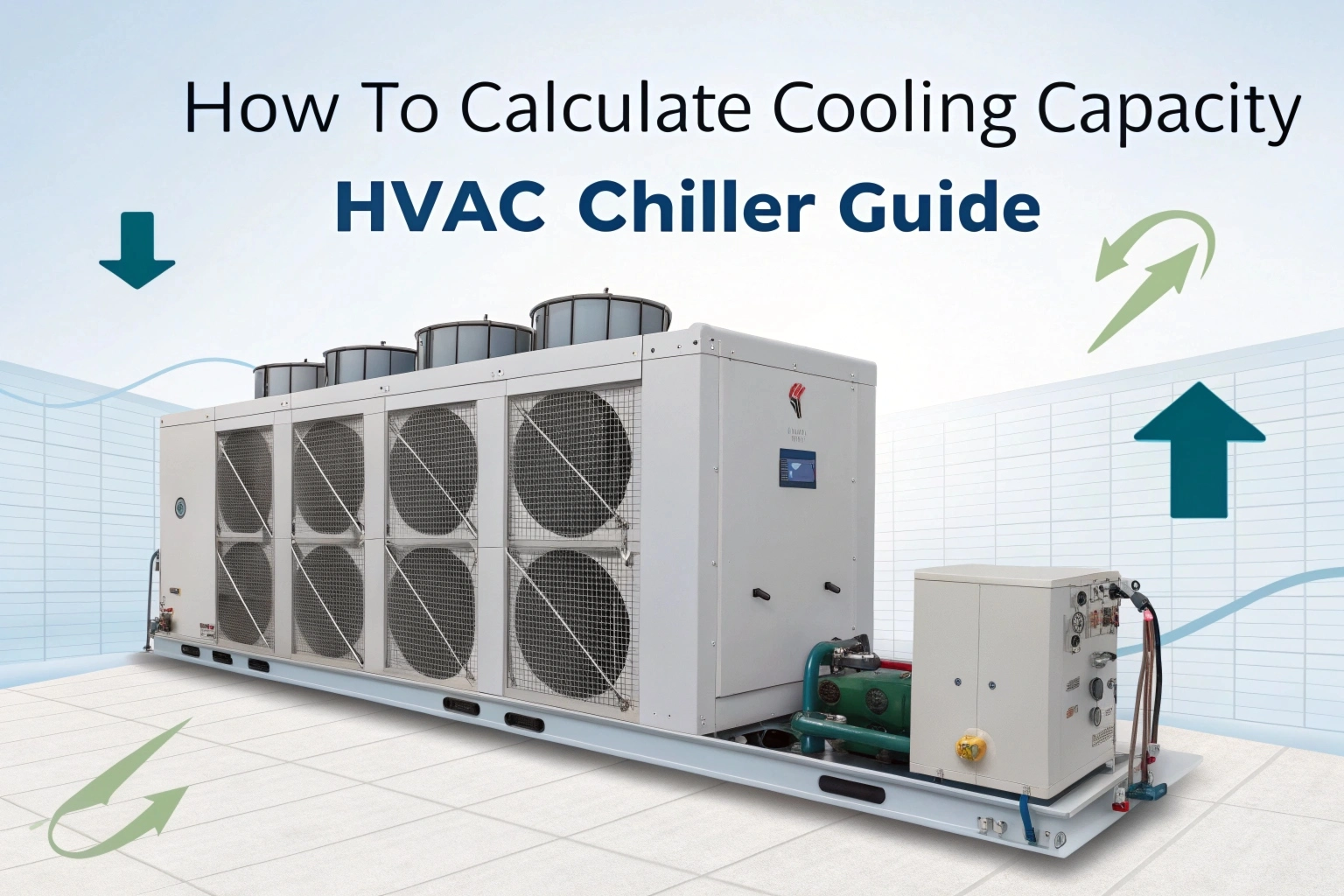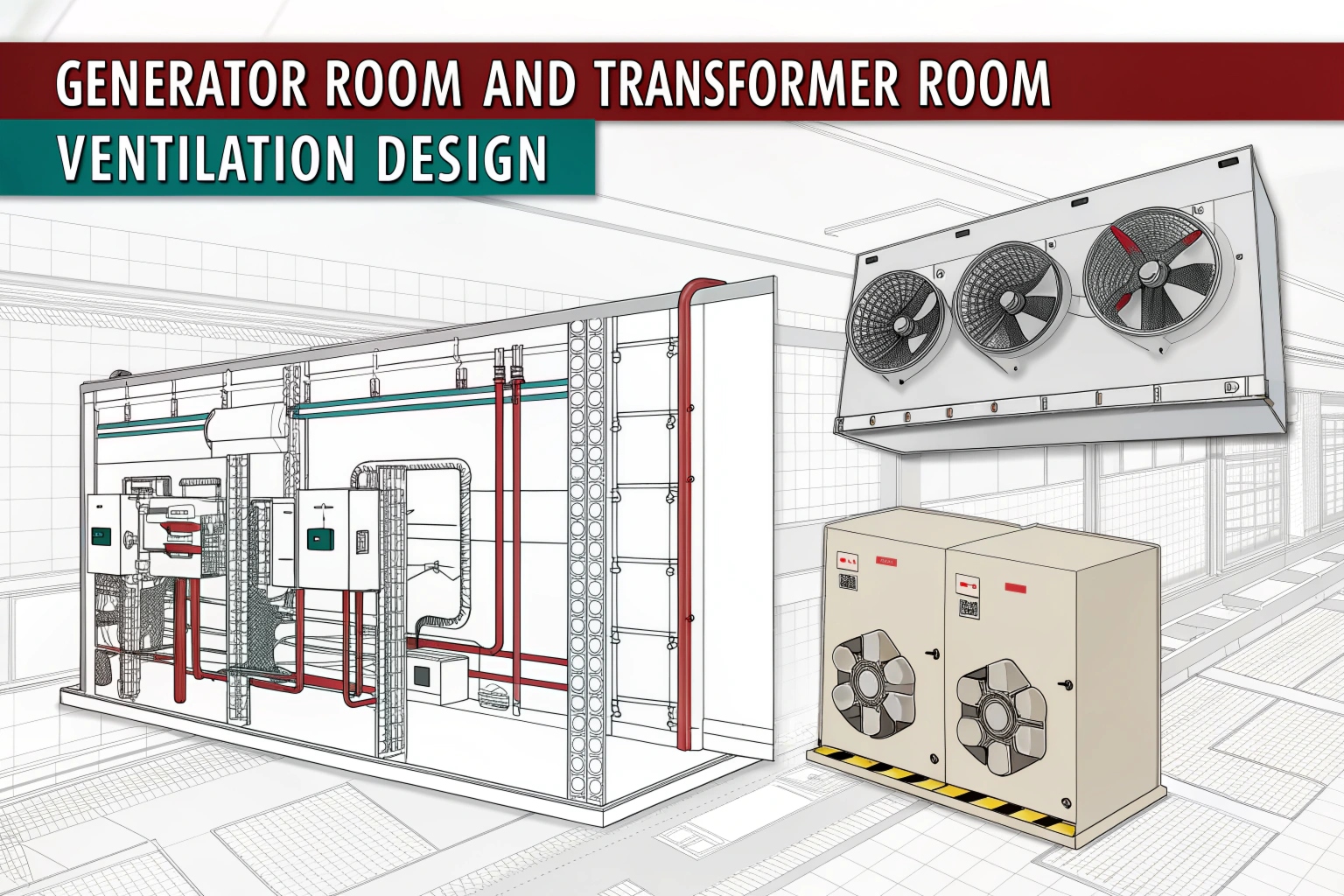A flooded basement is a major problem for any homeowner. Heavy rain and high water can cause expensive repairs and damage to your home’s structure. A sump pump helps keep your basement safe from these water issues. When choosing a sump pump, you need to find the right type that fits your needs. In this article, you’ll learn how a sump pump works and how to pick the best one for your home.
What is a Sump Pump?
A sump pump is a device that removes water from your basement and sends it outside your home. The sump is a pit dug below the main floor of your basement. This pit holds the sump pump. The pump has valves that detect when water levels rise.
When the water gets too high, the sump pump automatically pumps the extra water out of the basement and away from your property through a discharge line. This line, called an effluent, connects the sump pump to a specific drainage area.
How Does a Sump Pump Work?
A sump pump helps manage rising water levels and pressure to prevent flooding. It uses a switch to sense the water level in a basin. When the water rises and activates the switch, the pump starts working. It sends the water through a discharge pipe away from the home’s foundation. Sump pumps can run on electricity, batteries, or water. Most primary pumps connect to electrical wiring, but many systems also include a backup pump that operates on water or battery power in case of a power outage.
Why You Should Consider a Sump Pump for Your Home
You need a sump pump if your home is at risk of flooding. Flooding can happen due to heavy rain or if your basement is below the water table. This flooding can seriously harm your home and your health. Even if your home doesn’t flood, moisture can lead to mold growth, which can cause respiratory infections, allergies, and asthma issues. Without a way to remove water, it will collect and eventually flood or make your basement damp.
Where Should a Sump Pump Discharge?
Your sump pump should send water to a specific spot, like a dry well, a creek, a pond, or a neighborhood drain. Make sure not to direct the water back toward your home. Ideally, aim to discharge it 10 to 20 feet away from your home’s foundation. Some cities have rules about where sump pumps can drain, so it’s best to check with your local government. You might also need to attach a longer drainage hose and use a more powerful sump pump to handle the discharge properly.
Types of Sump Pumps
There are four common types of sump pumps: submersible, pedestal, battery-powered backup, and water-powered backup.
1. Submersible Sump Pumps
Submersible pumps combine the pump and motor in one unit. They sit submerged in a basin in your basement. Since they stay underwater, submersible pumps are usually quieter, take up less space, and clog less than pedestal pumps. However, being underwater can shorten their lifespan. Still, they are the best choice for homes that face serious flooding.
2. Pedestal Sump Pumps
Pedestal sump pumps have separate motors and pumps. The motor sits on a pedestal above the basin, and a hose runs from the pump in the basin to your drain area. This design means you can access the motor easily for maintenance, and it often lasts longer than submersible pumps. However, pedestal pumps can be louder and take up more space.
3. Battery-Operated Backup
A battery backup sump pump offers extra protection against floods. It works even when the power goes out, which is important during storms. When the water level rises in the basin, a float switch activates the battery to keep the pump running.
4. Water-Powered Backup
A water-powered backup uses increased water pressure to clear water from the basin. This system doesn’t require you to monitor it or replace batteries. However, it can raise your water bill significantly and is controversial; some cities don’t allow these systems.
What is the Best Sump Pump for My Home?
The best sump pump for your home has enough horsepower to handle the needs of your basement. If you choose a pump with too little horsepower for the flooding in your area, you still risk flooding. On the other hand, a pump with too much horsepower will turn on and off too often, which shortens its lifespan.
If your home sits deep in the water table, has significant seepage issues, or needs to drain water a long distance, a half-horsepower submersible pump can provide the extra power you need. For frequent major flooding or for outdoor or commercial use, look for a sump pump that can handle 13,000 gallons per hour (GPH).
Sump pumps with a cast iron core last longer than those made of plastic or stainless steel. Electric motors can get hot, which is a risk. The cast iron core helps cool the motor better than plastic or stainless steel. You might also want to get a pump with an alarm. This alarm will alert you if the water level rises too high due to heavy rain or pump failure.
How to Install a Sump Pump
Installing a sump pump correctly is important for it to work well. While it’s best to hire a professional, knowing how the process works can help you take care of the system. Here’s a simple step-by-step guide:
- Choose the Right Location: Install the sump pump in the lowest part of your basement, where water collects. This way, the pump can gather water effectively.
- Digging the Sump Basin: Dig a hole in the basement floor that is deep and wide enough for the sump basin. Make sure the basin is level with the floor.
- Installing the Pump: Place the sump pump in the basin. If you have a submersible pump, it will go underwater. If you have a pedestal pump, it will sit above the basin.
- Connecting the Discharge Pipe: Attach a discharge pipe to the pump. This pipe should go outside the house to direct water away from the foundation. Position the end of the pipe so water does not flow back toward the house.
- Power Supply: Connect the sump pump to a grounded electrical outlet. It’s best to use a GFCI (Ground Fault Circuit Interrupter) outlet for safety.
- Testing the Pump: Before you finish, test the pump by filling the basin with water. Make sure it turns on and drains water away from the house properly.
Sump Pump Maintenance
Regular maintenance helps keep your sump pump running well and can make it last longer. Here are some simple tasks you can do:
- Check for Debris: Remove any debris from the sump basin. This helps prevent clogs in the pump or float switch.
- Test the Float Switch: Pour water into the basin every now and then to see if the float switch activates the pump and drains the water properly.
- Inspect the Discharge Pipe: Make sure the discharge pipe is clear and directs water away from your foundation.
- Clean the Pump: Unplug the pump and clean both the pump and the basin to get rid of dirt, silt, or grime.
- Test the Backup System: If you have a battery or water-powered backup system, check it regularly to ensure it works correctly.
Types of Sump Pump Switches
Sump pumps use switch systems to operate. These switches let the pump turn on by itself. While they all serve the same purpose, some switches work in different ways. Here are several types of switches and how they function:
- Diaphragm Switch: This switch works like your diaphragm. It bends inward as the pressure increases and goes back when the pressure drops. It’s the most common type of switch because it rarely gets stuck.
- Pressure Switch: This switch detects the pressure in the water. When the pressure reaches a certain level, it activates the pump.
- Vertical Float Switch: This magnetic switch moves up and down a rod on the pump. As the water level rises, the float goes up, turning the pump on. When the water level drops, the float goes down, and the pump turns off.
- Tethered Float Switch: This switch is attached to the pump and floats in the basin. When the water rises and the float can’t go any higher, it sends a signal to activate the pump. When the water level drops too low, it sends a signal to turn off the pump.
- Electronic Switch: This switch doesn’t use a float. Instead, it senses the water pressure in the basin. As the water level rises, the pressure increases, triggering the switch to turn on the pump.
When to Replace Your Sump Pump
Sump pumps don’t last forever, even with good care. They usually last about 7 to 10 years, depending on how much you use them and how well you maintain them. Look for these signs that show you might need a new sump pump:
- Frequent Cycling: The pump turns on and off more often than usual, even if it’s not raining.
- Strange Noises: Grinding or rattling sounds could mean the motor or impeller is failing.
- Increased Vibrations: If the sump pump vibrates a lot, it might have a damaged impeller, which reduces its efficiency.
- Visible Rust or Corrosion: Rust or corrosion on the pump or discharge pipe can suggest water damage or harmful bacteria buildup.
- Inconsistent Operation: If the pump doesn’t turn on when it should or doesn’t remove water effectively, it’s time for a replacement.
Sump Pump Alternatives
French Drains
French drains help stop water from collecting by creating easy paths for water to flow away. Water always finds the easiest route, so these drains keep areas from flooding. They use a pipe with holes that carries water away from your home. While French drains are helpful, they can’t completely stop water from getting into a house. If you live in a rainy area, you should also use a portable sump pump along with your French drain.
Waterproofing Compound
Basements can flood if water seeps through holes in the walls. To reduce leaks, you can apply waterproof caulking to cracks in the walls, which helps keep water out of your basement.
Gutter Maintenance
Basements often flood because gutters fail to move water away from the house. Leaves, twigs, and other debris can block gutters and downspouts, preventing them from draining properly. Using downspout filters and gutter guards can help keep water flowing. If you don’t have these, regularly cleaning your gutters can stop flooding in your home.
Sloping the Ground
Sloping, or grading, means making the ground around a home slightly sloped before building. Over time, this slope can become flat or even reversed. Ideally, the soil should drop 1 inch for every foot of ground for the first 10 feet around the house. Although this is done during construction, adding soil around your home can fix any grading issues that develop over time.
Conclusion
A sump pump is important for keeping your home safe from water damage. If you live in a place with a lot of rain or want to stop water from building up in your basement, a well-installed and cared-for sump pump can help you avoid expensive repairs. By learning about the different types of sump pumps, how to install them, and how to maintain them, you can keep your home dry and safe for many years.
FAQs
What is a sump pump used for?
A sump pump removes water from the lowest part of your home, like the basement or crawlspace. It helps keep these areas dry and prevents flooding, water damage, and mold.
Why is it called a sump?
The word “sump” means “lowest point.” In the past, it referred to the ground where water collects. If you have a basement, it’s where water gathers and needs to be pumped out sometimes.
Which pump is best for a sump?
For most average-sized homes with regular water levels, a ⅓ HP sump pump works well. This type can lift water from 7 to 10 feet if it has one 90-degree bend and a horizontal pipe between 3 and 25 feet long.
What is the purpose of a water sump?
A sump pump is a device located in a pit in your basement. Its main job is to protect the basement from flooding. When water collects, the sump pump turns on and drains the water to prevent damage to your home.
Read More – Cold Water System in Plumbing

